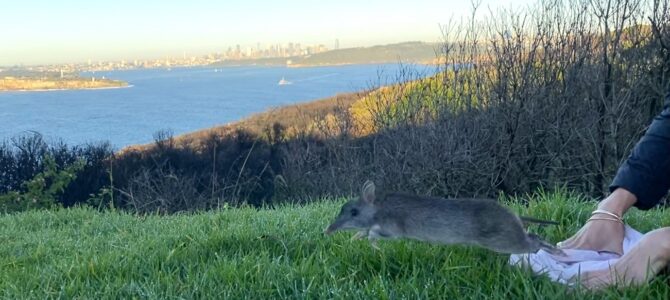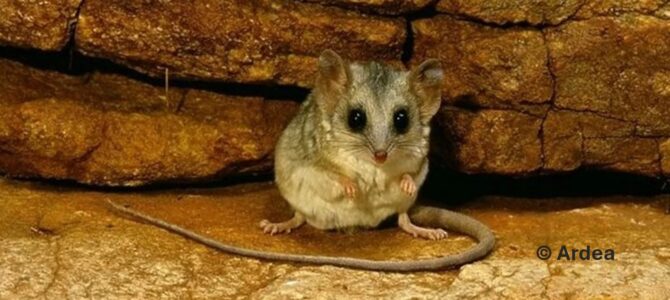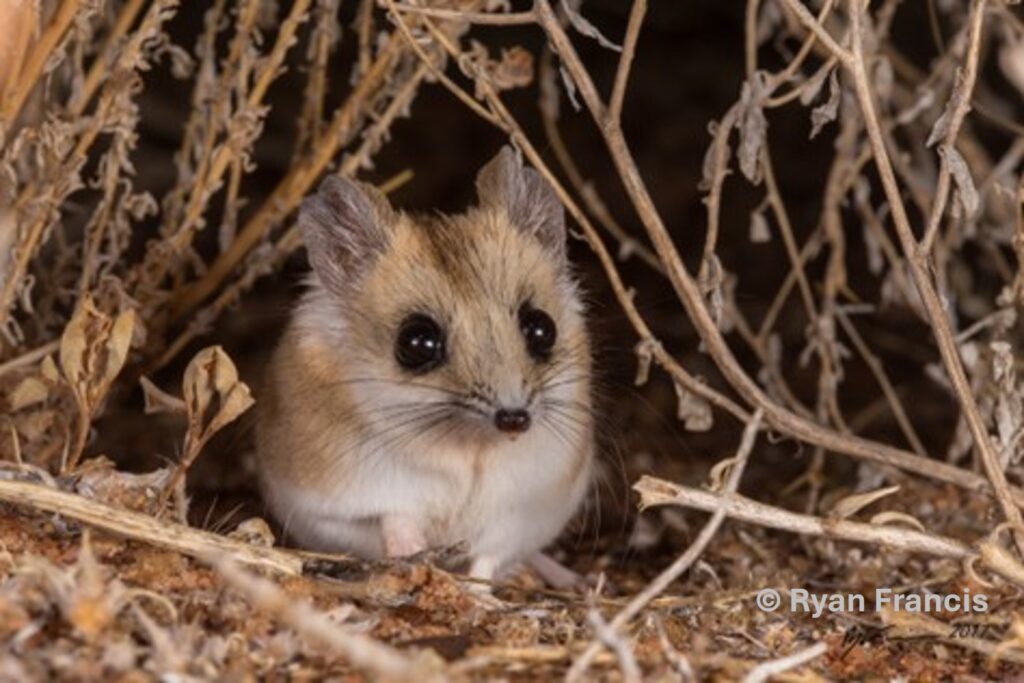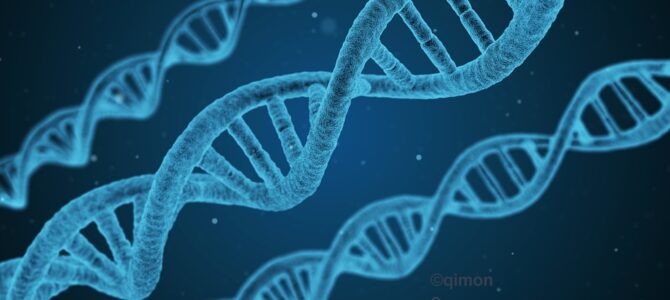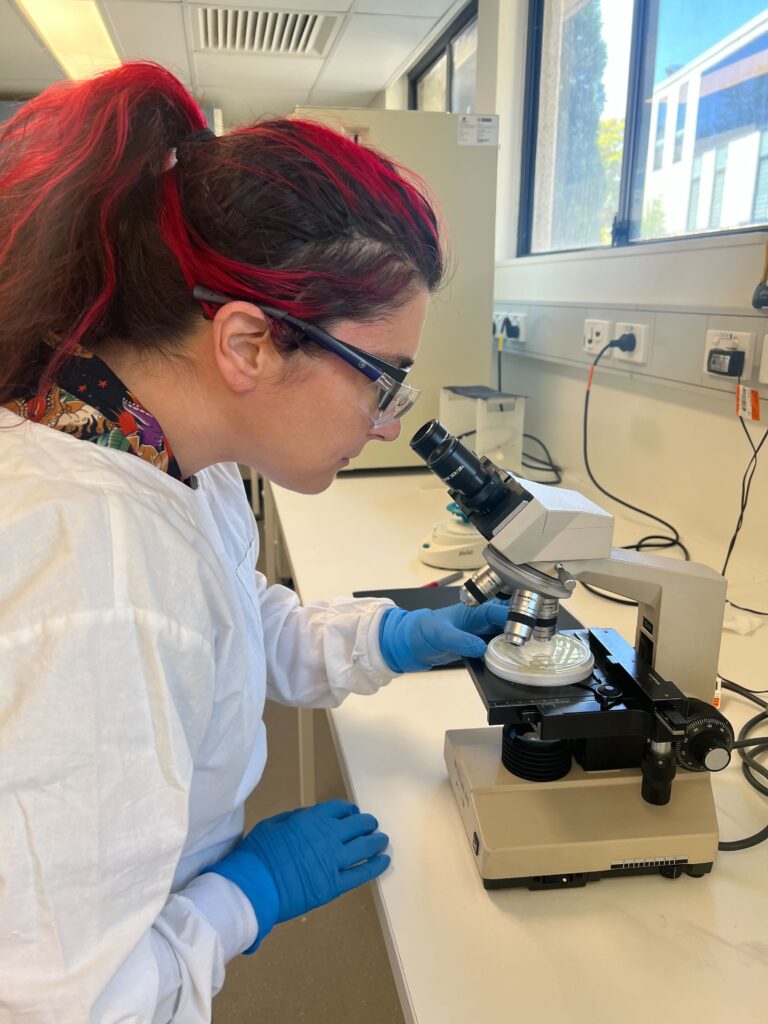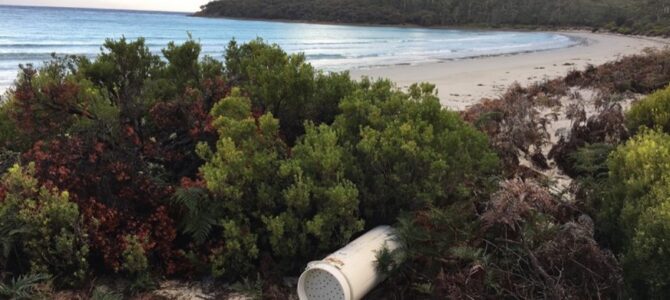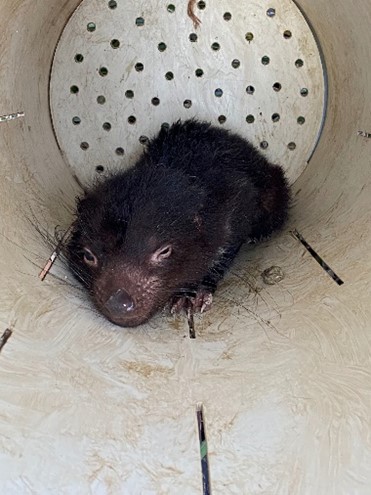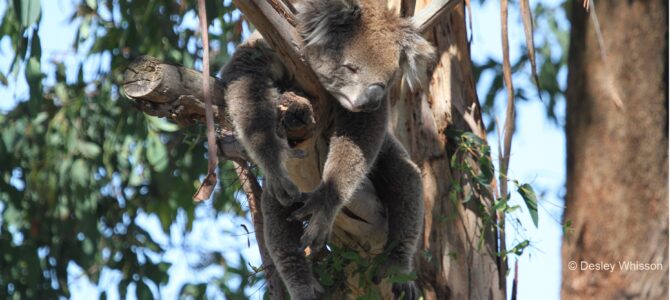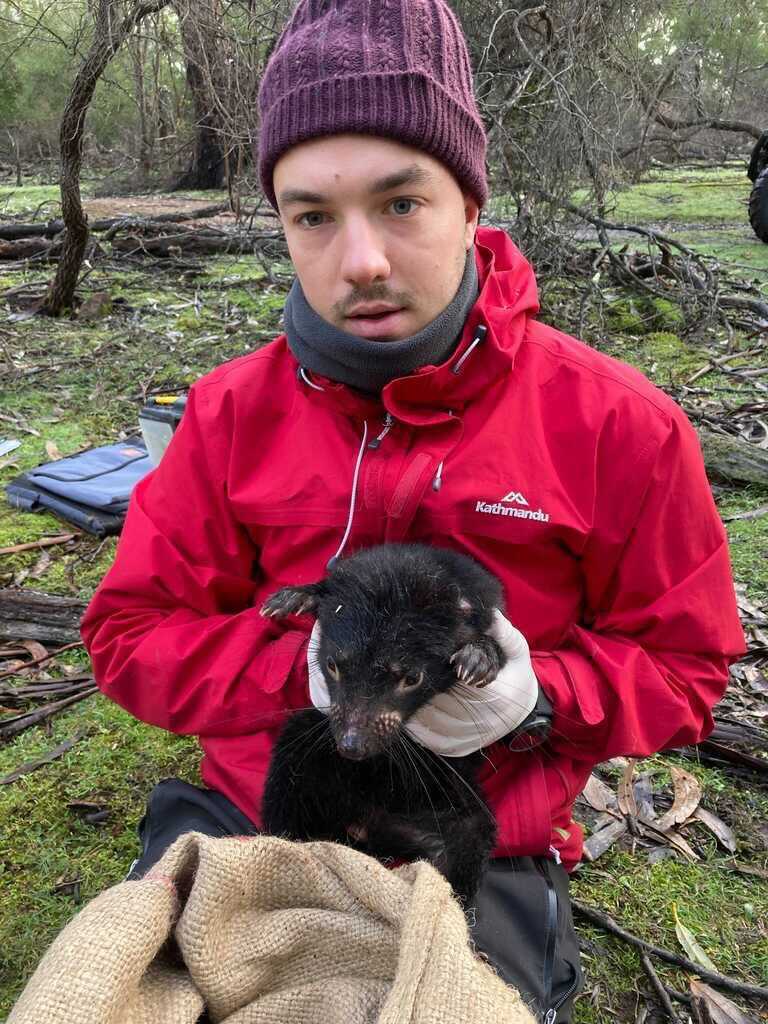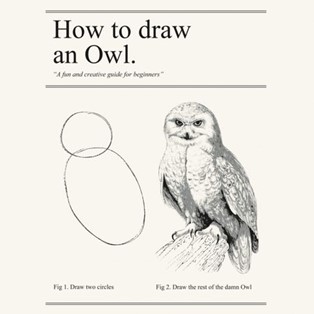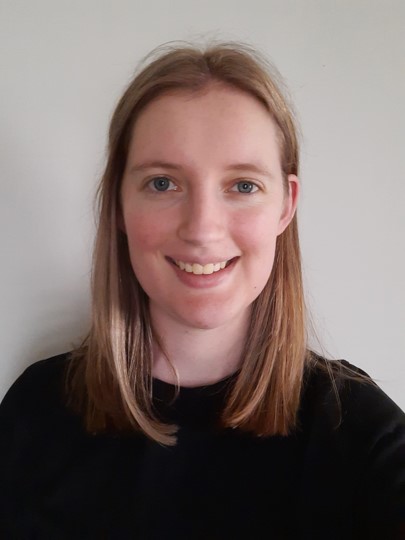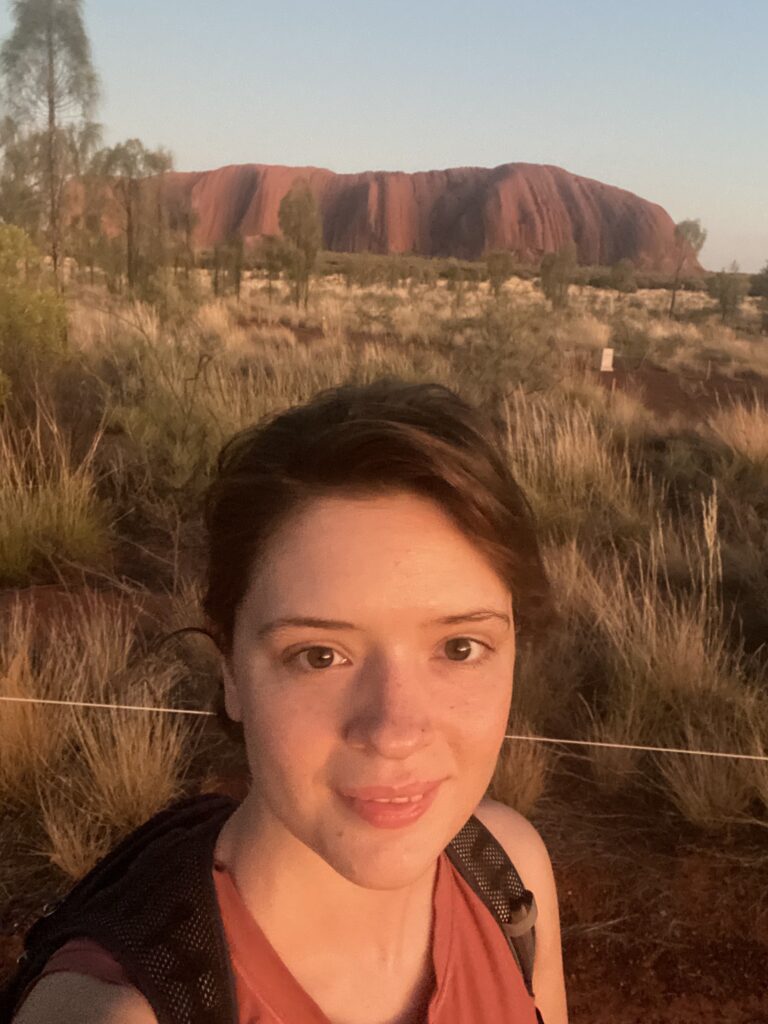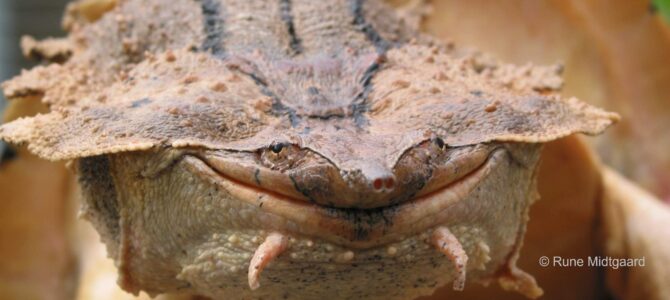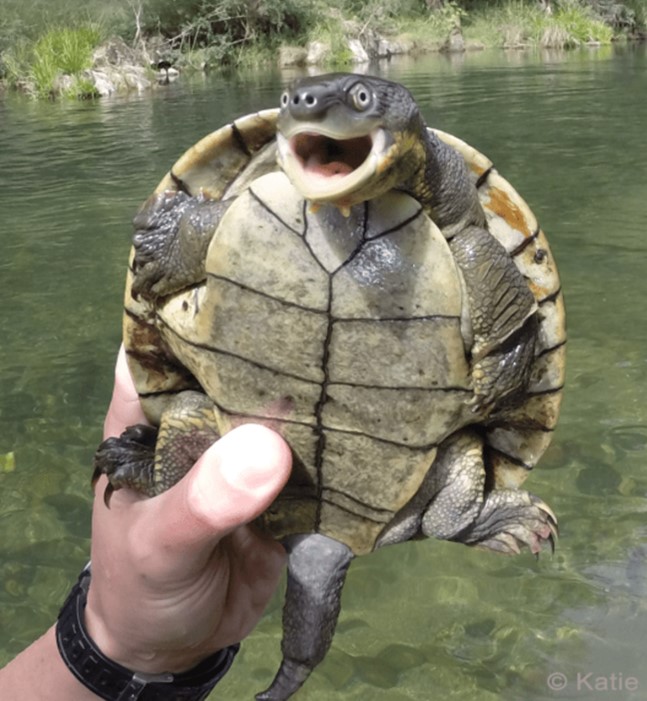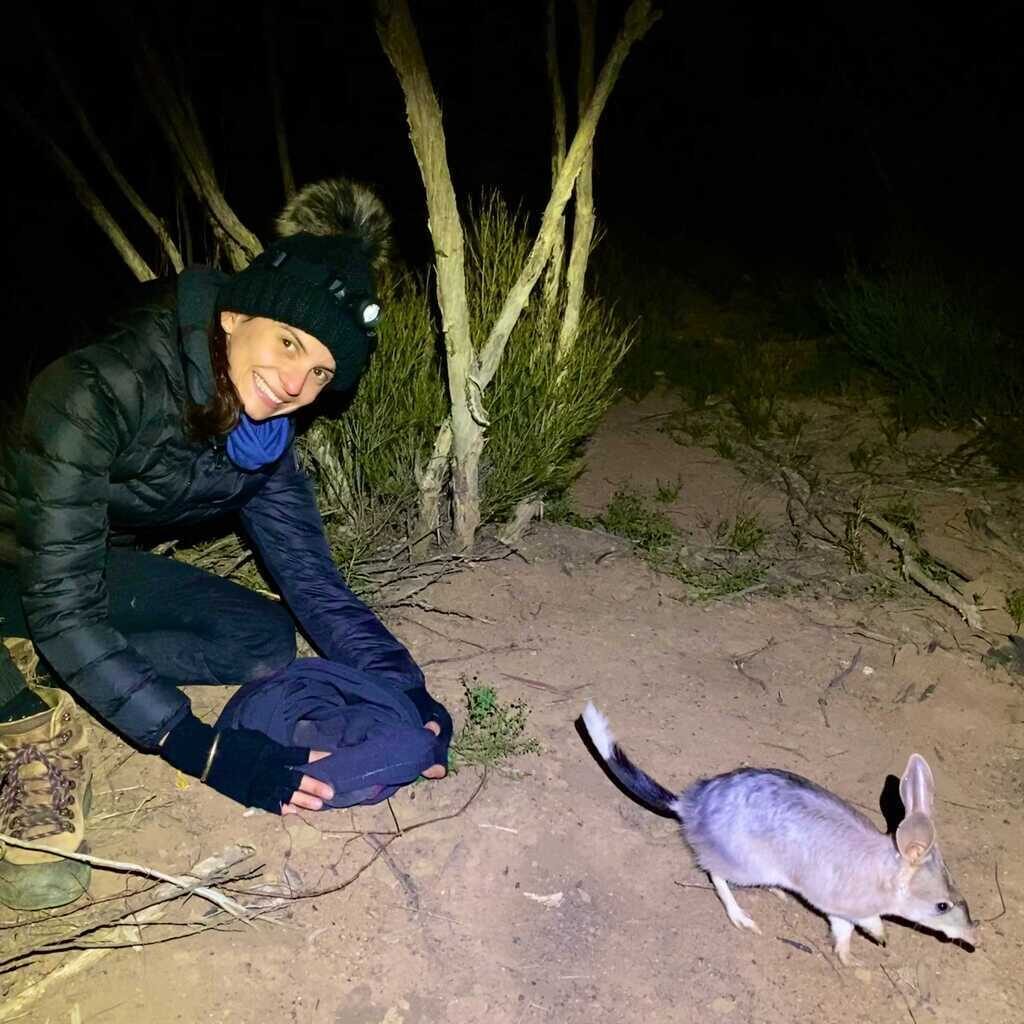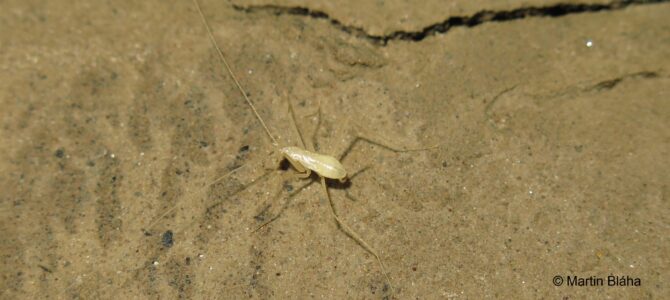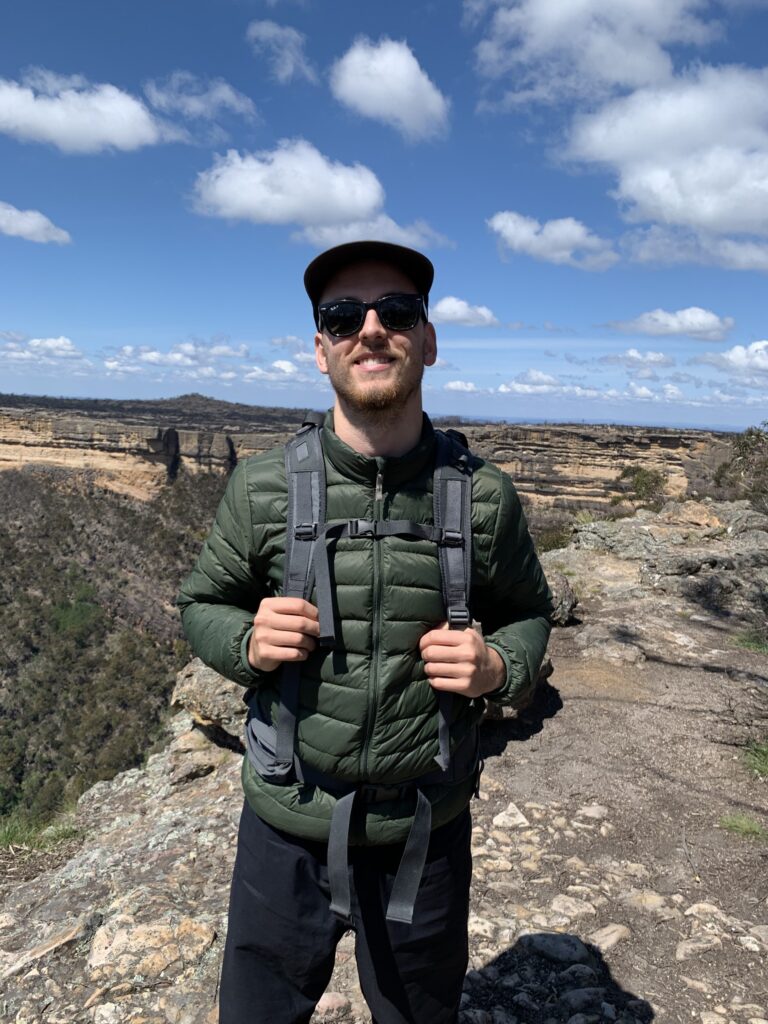by Andrea Schraven (PhD Student)
Moving house, city, or country always has its challenges, from adapting to a new environment to establishing connections with unfamiliar neighbours. For threatened species, the concept of moving from one area to another is no less daunting.
However, in the realm of conservation management, ‘moving day’ can be the difference between survival and extinction of endangered animals. Translocations are defined as the “intentional movement of living organisms from one are to another” by the International Union for Conservation of Nature (IUCN), and they represent a strategic effort to give struggling species a fighting chance.
Translocations come in many forms, each serving a unique purpose in species conservation management:
- Re-introduction involves moving individuals back in areas where they use to exist but have disappeared, thereby giving them a second chance to thrive in their historical habitat.
- Reinforcements help already existing populations of a species that are currently struggling by moving in additional individuals from another population to boost their chances of persisting.
Assisted Colonisations will introduce a species to a new and suitable habitat where they can establish themselves, often occurring when a species is unable to survive in its original habitat.
Releasing Tasmanian Devil on Maria Island, Australia. © Luke Silver
Deciding on where to move a species to is more than just merely picking the best house in the neighbourhood. Managers of a species must carefully consider numerous factors when choosing their new home. This includes evaluating the availability of resources, identifying potential threats that may jeopardize long term sustainability, and understanding behavioural dynamics such as competition among individuals.
Moreover, determining the effectiveness of translocations necessitates continued monitoring and assessment after the release. Population viability in the long term requires documenting a translocated individual’s ability to acclimate to their new environment and monitoring their survival. Additionally, managers need to monitor the reproductive output and analyse population growth trends to determine if the population is sustainable, or if continued interventions are required.
So next time you here about a species being relocated or released into the wild, remember – it’s not just a new home, but a translocation that could be a potential lifeline for the survival of an entire species.
Author
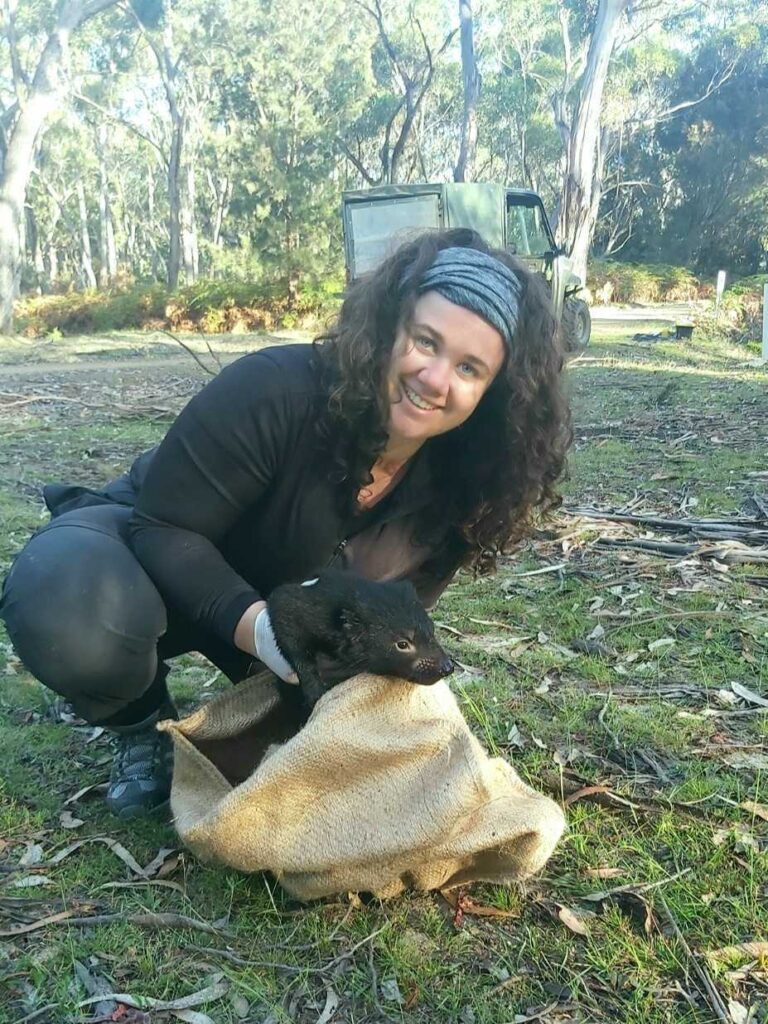
Andrea Schraven (PhD Student; co-supervised with Dr Catherine Grueber) is projecting the long-term impacts of supplementation to improve the status of wild Tasmanian devil populations with the ongoing threat of DFTD. By evaluating population genetic and fitness data before and after translocations, she is comparing how populations change over a few generations, and then feeding the data into computational models to simulate “evolutionary time”. The results will directly inform conservation management decisions for the species long-term recovery.
